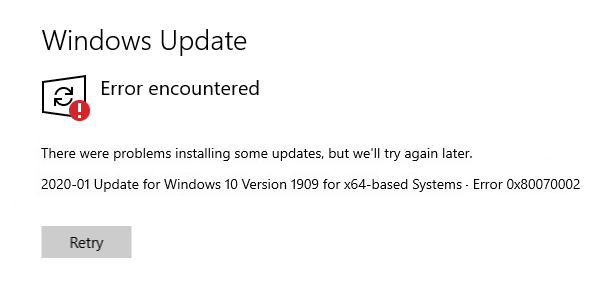
Error code 0x8007000e is a common issue encountered by Windows users, and it can be frustrating when it disrupts your computing experience. This error typically indicates a memory-related problem that prevents a specific task or application from running successfully.
In this article, we’ll delve into the causes of error 0x8007000e and explore effective solutions to resolve it.
What is Error Code 0x8007000e?
Error code 0x8007000e is a Windows Update-related issue that often arises when users attempt to install updates or perform system-related tasks. The error message may vary, but it generally indicates that the system has run out of memory resources to complete the requested operation.

Common Causes of Error 0x8007000e:
Insufficient System Resources:
This error often occurs when the system lacks the necessary resources, such as RAM, to complete a task.
Corrupted Windows Update Components:
Issues with Windows Update components, such as corrupted files or services, can cause error code 0x8007000e.
Third-Party Software Interference:
Certain third-party applications or security software may interfere with Windows Update processes, leading to this error.
How to Resolve this windows Error Code 0x8007000e ?
This Error encounters 0x8007000e can be problematic server issue while downlaoding or installing windows updation server . Follow the below given troubleshooting steps to solve this windows Update issue
1. Check System Resources:
Ensure your system has sufficient available memory (RAM). Close unnecessary applications to free up resources.
2. Run Windows Update Troubleshooter:
Use the built-in Windows Update Troubleshooter to identify and fix common update-related issues.
To run Windows troubleshoot:
- Open Settings: Press Win + I to open the Settings menu.
- Select “Update & Security.”
- Choose “Troubleshoot” from the left sidebar.
- Pick the troubleshooter relevant to your issue (e.g., “Windows Update,” “Hardware and Devices,” etc.).
- Click “Run the troubleshooter” and follow the on-screen instructions.
If you encounter difficulties, provide more details for specific guidance.
3. Check for Disk Space:
Ensure there is enough free space on your system drive (usually C:).
4. Disable Third-Party Security Software:
Temporarily disable third-party antivirus or firewall software and attempt the update again.Disabling third-party security software can leave your device vulnerable. Only do this temporarily if absolutely necessary.
Steps may vary, but generally:
- Open the security software interface.
- Look for a “Settings” or “Preferences” option.
- Navigate to the “Real-time Protection” or similar section.
- Disable or turn off real-time protection.
- Save changes if prompted. Confirm the action and exit the software.
Remember to re-enable your security software promptly after completing the task that required its temporary deactivation.
5. Reset Windows Update Components:
Open Command Prompt as an administrator.
Run the following commands one by one:
a) net stop wuauserv
b) net stop cryptSvc
c) net stop bits
d) net stop msiserver
ren C:\Windows\SoftwareDistribution SoftwareDistribution.old
ren C:\Windows\System32\catroot2 catroot2.old
a) net start wuauserv
b) net start cryptSvc
c) net start bits net start msiserver
6. Update Device Drivers:
Ensure your device drivers are up to date, especially graphics and chipset drivers.
7. Perform a System File Check (SFC):
Open Command Prompt as an administrator and perform a full system scan using your antivirus software to rule out malware as a potential cause.
8. Consider a system restore
Ensure your system has sufficient available memory (RAM). Close unnecessary applications to free up resources.
Conclusion :
Error code 0x8007000e can be resolved by addressing underlying issues related to system resources, windows Update components, and third-party software inference. By following the suggested solutions, you can troubleshoot and fix this error, ensuring a smoother windows experience.
If the problem persists, seeking assistance from Microsoft support or community forums may provide additional insights tailored to your specific scenario.
I am sure they will help you resolve this issue. If you like to see the procedure for paid support, to clarify, you may ask the Tech Available online.

